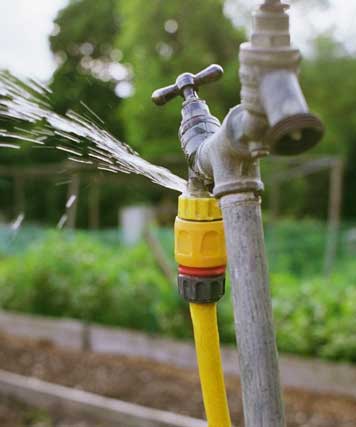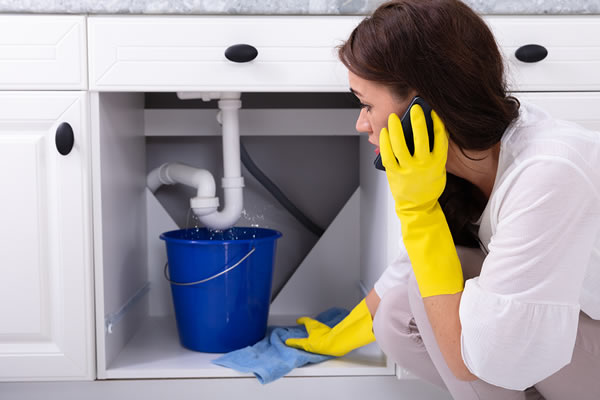Overview To Water Leakage Detection At Home
BookPresented here down the page you can find additional helpful material involving Leaking water lines.

Early detection of dripping water lines can mitigate a prospective calamity. Some tiny water leakages might not be visible.
1. Take A Look At the Water Meter
Every residence has a water meter. Checking it is a guaranteed manner in which helps you find leakages. For starters, shut off all the water resources. Ensure nobody will certainly purge, use the tap, shower, run the cleaning maker or dishwasher. From there, go to the meter and also watch if it will certainly change. Considering that no person is utilizing it, there should be no motions. If it relocates, that shows a fast-moving leak. If you identify no changes, wait a hr or 2 and examine back once more. This indicates you might have a slow leak that can also be underground.
2. Examine Water Consumption
If you identify unexpected modifications, in spite of your usage being the exact same, it implies that you have leaks in your plumbing system. A sudden spike in your bill indicates a fast-moving leakage.
A steady increase every month, also with the very same routines, reveals you have a sluggish leak that's additionally gradually intensifying. Call a plumber to thoroughly check your residential or commercial property, especially if you really feel a warm location on your flooring with piping beneath.
3. Do a Food Coloring Test
When it comes to water consumption, 30% comes from bathrooms. If the color in some way infiltrates your bowl throughout that time without flushing, there's a leak in between the storage tank and dish.
4. Asses Exterior Lines
Do not forget to inspect your exterior water lines too. Must water permeate out of the connection, you have a loosened rubber gasket. One little leak can throw away loads of water as well as increase your water bill.
5. Check and also Evaluate the Circumstance
Home owners should make it a practice to examine under the sink counters and even inside cupboards for any type of bad odor or mold and mildew development. These two red flags indicate a leak so timely interest is called for. Doing regular inspections, even bi-annually, can save you from a major issue.
Extra importantly, if you know your home is already old, keep a watchful eye on your heating units, pipes, pipelines and so on. Look for stainings and also damaging as the majority of pipes and appliances have a life span. They will certainly additionally normally degrade due to tear and wear. Don't wait for it to escalate if you suspect dripping water lines in your plumbing system. Call a specialist plumber today so you do not wind up with an awful mess in your house.
Early detection of dripping water lines can mitigate a potential calamity. Some small water leaks might not be visible. Checking it is a proven method that helps you uncover leaks. One tiny leakage can squander tons of water and also increase your water expense.
If you think dripping water lines in your plumbing system, don't wait for it to escalate.
WARNING SIGNS OF WATER LEAKAGE BEHIND THE WALL
PERSISTENT MUSTY ODORS
As water slowly drips from a leaky pipe inside the wall, flooring and sheetrock stay damp and develop an odor similar to wet cardboard. It generates a musty smell that can help you find hidden leaks.
MOLD IN UNUSUAL AREAS
Mold usually grows in wet areas like kitchens, baths and laundry rooms. If you spot the stuff on walls or baseboards in other rooms of the house, it’s a good indicator of undetected water leaks.
STAINS THAT GROW
When mold thrives around a leaky pipe, it sometimes takes hold on the inside surface of the affected wall. A growing stain on otherwise clean sheetrock is often your sign of a hidden plumbing problem.
PEELING OR BUBBLING WALLPAPER / PAINT
This clue is easy to miss in rooms that don’t get much use. When you see wallpaper separating along seams or paint bubbling or flaking off the wall, blame sheetrock that stays wet because of an undetected leak.
BUCKLED CEILINGS AND STAINED FLOORS
If ceilings or floors in bathrooms, kitchens or laundry areas develop structural problems, don’t rule out constant damp inside the walls. Wet sheetrock can affect adjacent framing, flooring and ceilings.
https://www.servicemasterbyzaba.com/blog/how-to-detect-water-leakage-in-walls/

Do you appreciate reading about Detecting hidden plumbing leaks? Create a review directly below. We'd be interested to listen to your opinion about this piece. In hopes to see you back again before long. Appreciated our article? Please share it. Let somebody else check it out. I recognize the value of reading our article about Top leak detection hacks.